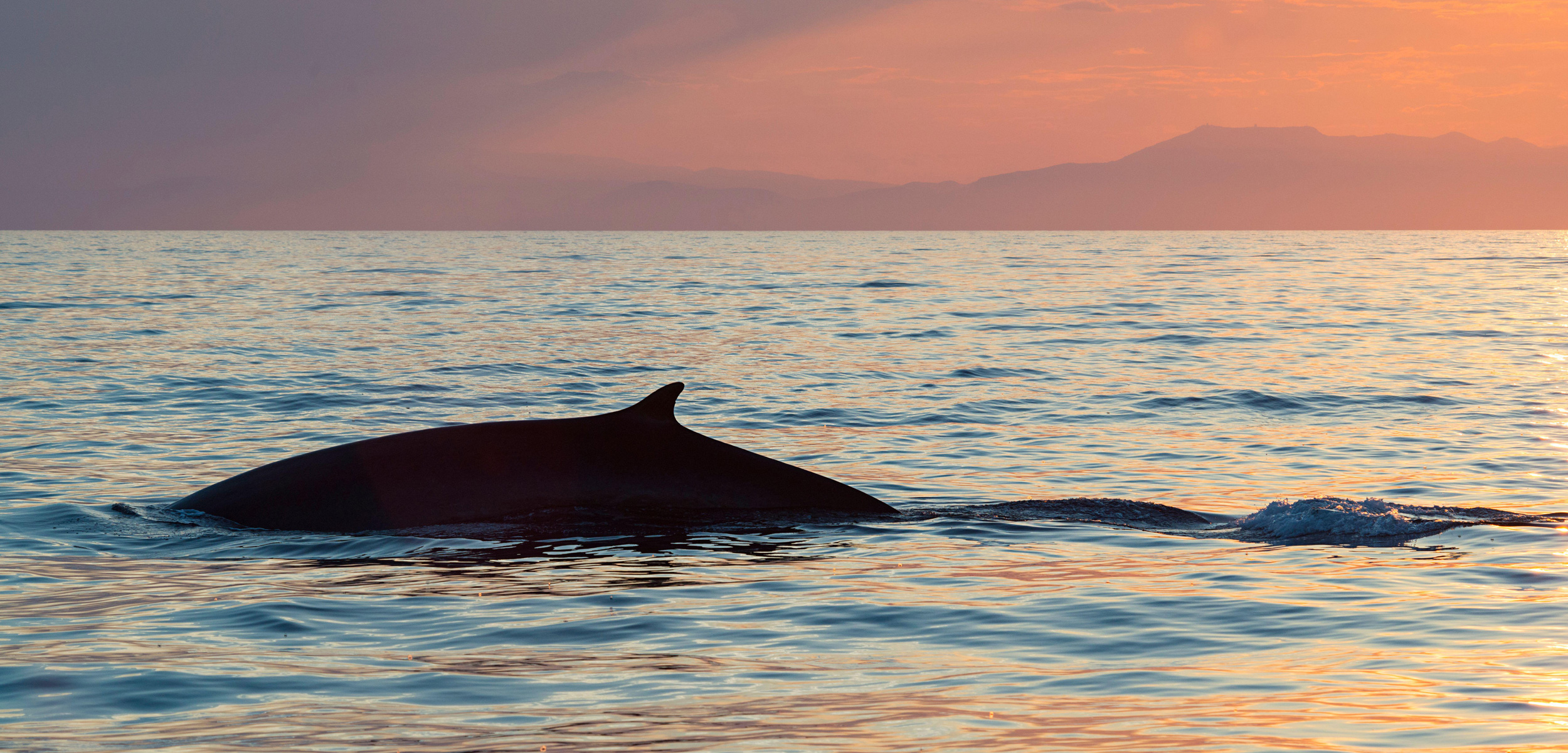Extending the Reach of eDNA
A small trial shows that partnering with commercial vessels could offer an easier and cheaper way to collect samples for environmental DNA analysis.
Article body copy
When an animal moves through its environment, it leaves little bits of DNA—skin cells, hair, fecal matter—behind. Scientists have harnessed this environmental DNA, or eDNA, as a powerful tool for understanding what dwells in an ecosystem. But extending the use of eDNA monitoring to far-flung areas, and especially to conducting routine sampling in remote parts of the ocean, is difficult to organize and expensive to execute.
In a recent study, a team of researchers, including Simon Goodman, a biologist at the University of Leeds in England, has proposed a promising way to expand the reach of this potent technique. As Goodman and his colleagues describe, and as they’ve shown through a small trial, partnering with commercial vessels can make routine eDNA surveying of large areas of remote ocean much easier and cheaper.
The idea was sparked by Elena Valsecchi, a molecular ecologist at the University of Milan-Bicocca in Italy, who asked a friend doing observational studies from ferries in the Mediterranean Sea if one of her graduate students could tag along and collect eDNA samples. The ferries just so happen to pass through the Pelagos marine mammal sanctuary, making them an ideal area for testing. Valsecchi also reached out to another old friend, Goodman, to take the lead on processing and analyzing the samples.
In 2018, the team took samples of the Mediterranean by diverting some of the seawater that was being used to cool the ferry’s engine, then processed them to see what they could find.
“The short version is: it seemed to work really well,” Goodman says. There’d been concerns that surface sampling would miss things, Goodman says, but their analysis picked up even cetacean species such as whales and dolphins that are notoriously hard to catch with eDNA. And the sampling is easy: citizen scientists can be trained to do it relatively quickly, though Goodman cautions that the genetic analysis still requires expertise and experience.
The hope, says Goodman, is that this proof of concept could set the stage for a big change. If researchers partner with commercial vessels, it could solve many of the logistical problems of eDNA monitoring. “[It] should make it more accessible and cheaper to get access to taxa that we couldn’t otherwise,” Goodman says. Expanding the use of eDNA monitoring could advance what scientists know about ecosystem structure in remote areas and be a huge boon for conservation research by giving a new window on the abundance of endangered and invasive species.
Sue Velazquez, with the Hakai Institute in British Columbia,* works with the Integrated Coastal Observatory (ICO), an effort to use eDNA monitoring to study marine biodiversity on the British Columbia coast. As with other eDNA efforts, some of the biggest barriers faced by the ICO project are logistical, says Velazquez. “Someone like me, trying to go everywhere each month, is costly and logistically is just impossible,” she explains.
Instead, ICO partners with First Nation communities, citizen scientists, and NGOs along the coast, providing training and sterile equipment for the collection of samples that can then be sent back for processing.
The key to taking the ferry idea to the next level, Velazquez says, is to ensure that each ship is collecting samples using the same method and accessing the same sites periodically. “It can’t just be, We’re going over here, let’s just get some samples,” she says. “If they’re monitoring, they’ll have to go to the same sites each time, and frequently enough to be of interest.”
But with roughly 50,000 merchant ships operating worldwide, “if 10 percent, or even one percent, were involved in collecting samples,” Valsecchi says, “you can imagine how many that would be.”
* The Hakai Institute and Hakai Magazine are both part of the Tula Foundation. The magazine is editorially independent of the institute and foundation.

